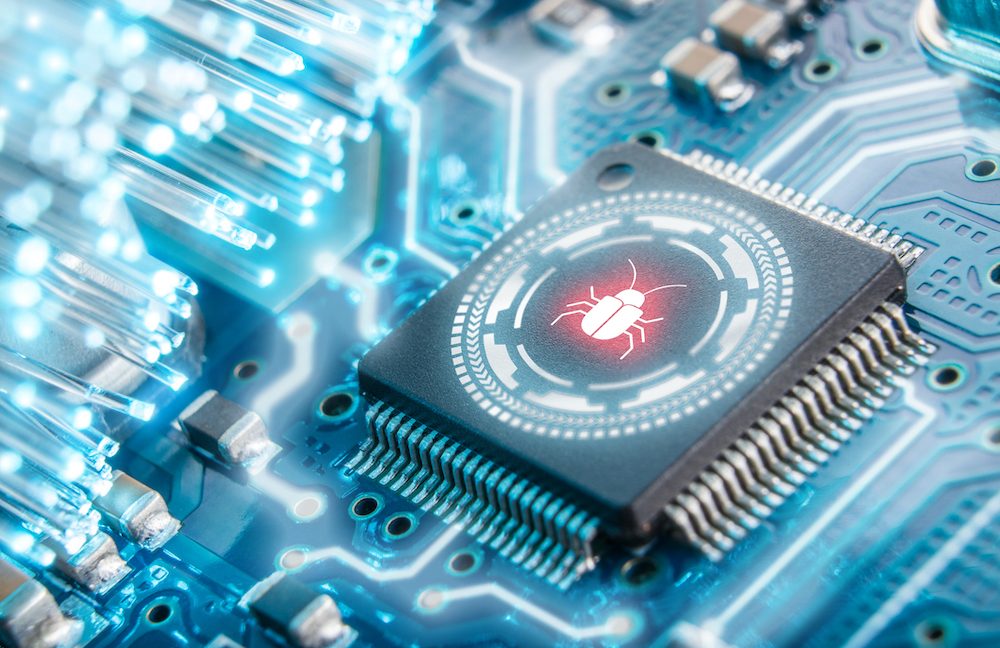- cross-posted to:
- [email protected]
- [email protected]
- cross-posted to:
- [email protected]
- [email protected]
“Whether a proof of concept or not, Bootkitty marks an interesting move forward in the UEFI threat landscape, breaking the belief about modern UEFI bootkits being Windows-exclusive threats,” ESET researchers wrote. “Even though the current version from VirusTotal does not, at the moment, represent a real threat to the majority of Linux systems, it emphasizes the necessity of being prepared for potential future threats.”
This bootkit is not unkillable yet. If the diagram is correct, then it installs itself on the EFI partition and not the EFI Firmware.
The Bootkitty sample ESET found is unable to override a defense, known as UEFI Secure Boot, that uses cryptographic signatures to ensure that each piece of software loaded during startup is trusted by a computer’s manufacturer.
AKA not that big of a deal, yet. An article from another post about this also mentions GRUB explicitly as a requirement as well as PoC using self signed keys, which renders it sort of impossible to abuse.
UKI + your own keys + secure boot is still not broken.
Well… if you have your own keys (like I do) you have to store them somewhere. That somewhere is probably somewhere on a computer where they are used so you can update the kernel. If you have private keys, you can probably bypass secure boot.
Is there a way to have private keys stored on a nitrokey that has to be plugged in for every kernel update?
Unfortunately a lot of people in the Linux world still hate secure boot because they associate it with locking your PC to only running windows. Never mind the fact that basically every big Linux distro plays nicely with secure boot these days, and has for a while now.
because they associate it with locking your PC to only running windows.
They’re not exactly wrong. BIOS/UEFI bugs that make it a royal pain to use secure boot with anything but Windows are pretty common.
The Fedora doc on this is a bit old but it’s still mostly the same:
Secure boot activates a lock-down mode in the Linux kernel which disables various features kernel functionality:
- Loading kernel modules that are not signed by a trusted key.
- Using kexec to load an unsigned kernel image.
- Hibernation and resume from hibernation.
- User-space access to physical memory and I/O ports.
- Module parameters that allow setting memory and I/O port addresses.
- Writing to MSRs through /dev/cpu/*/msr.
- Use of custom ACPI methods and tables.
The implementation of secure boot is still questionable to this day, but it is understandable that it doesn’t always play nice with Linux. I do believe you can use hibernate now as long as you have an encrypted swap (LUKS).
I can definitely see the pain if you happen to be a kernel dev or use linux on any SBC with IO ports you want to mess with in userspace and not make en entire overkill kernel module for.
I associate it with the fight I’ve had every single time I tried to use it. It’s never been a smooth process on any server I attempted to use it on. Usually I either run into problems with a system not wanting to properly boot the memory stick even with a full UEFI image flashed to it, or if I do get that to work I go through the whole installation process only to find the system unbootable for whatever reason. Eventually I just give up and do a standard installation because why should I have to work this hard to put an OS on a machine?
I actually had a system that wouldn’t initiate the video card because of secure boot and many other problems with over the years that I repaired them for a living. Left a very bad taste in my mouth but if it’s actually improving I’ll it again.
It is a system one has to understand fully, i.e. not like ssh, where you can understand connecting to a remote host without bothering about key pairs, x11 forwading, etc.
I was lucky enough to have figured out Gentoo enough where plugging in secure boot was just extending my own system update script. Admittedly, I don’t know how much other distros fight back.
I’m on Debian, they’ve been providing UEFI images for a number of years so everything should “just work”. In fact I have one server where things did just work and that’s the only system using UEFI. Two other servers of the same model and BIOS version completely failed after numerous attempts so I finally said screw it and just did a normal install.
Check out
sbctlShouldn’t this all be handled automatically by the Debian installer though? It seems weird that I would ever have to run other tools just to install a brand new system.
Yea, I guess that initial total lack of understanding and big headlines has left a long-lasting scar. Admittedly, secure boot could be used to lock a machine down if the ability to turn it off and/or manage the keys yourself was removed.
We’ll get there, eventually :)
Never mind the fact that basically every big Linux distro plays nicely with secure boot these days, and has for a while now.
In my experience nicely is still pretty relative. It still seems to be the most common area things go wrong on my installs and place I have the hardest time working around…
and the bigger part, it’s a solution to a problem that I’ve never seen happen in the wild, and really can’t fathom happening on linux that doesn’t involve a very dumb user running software from an unknown source as root.




